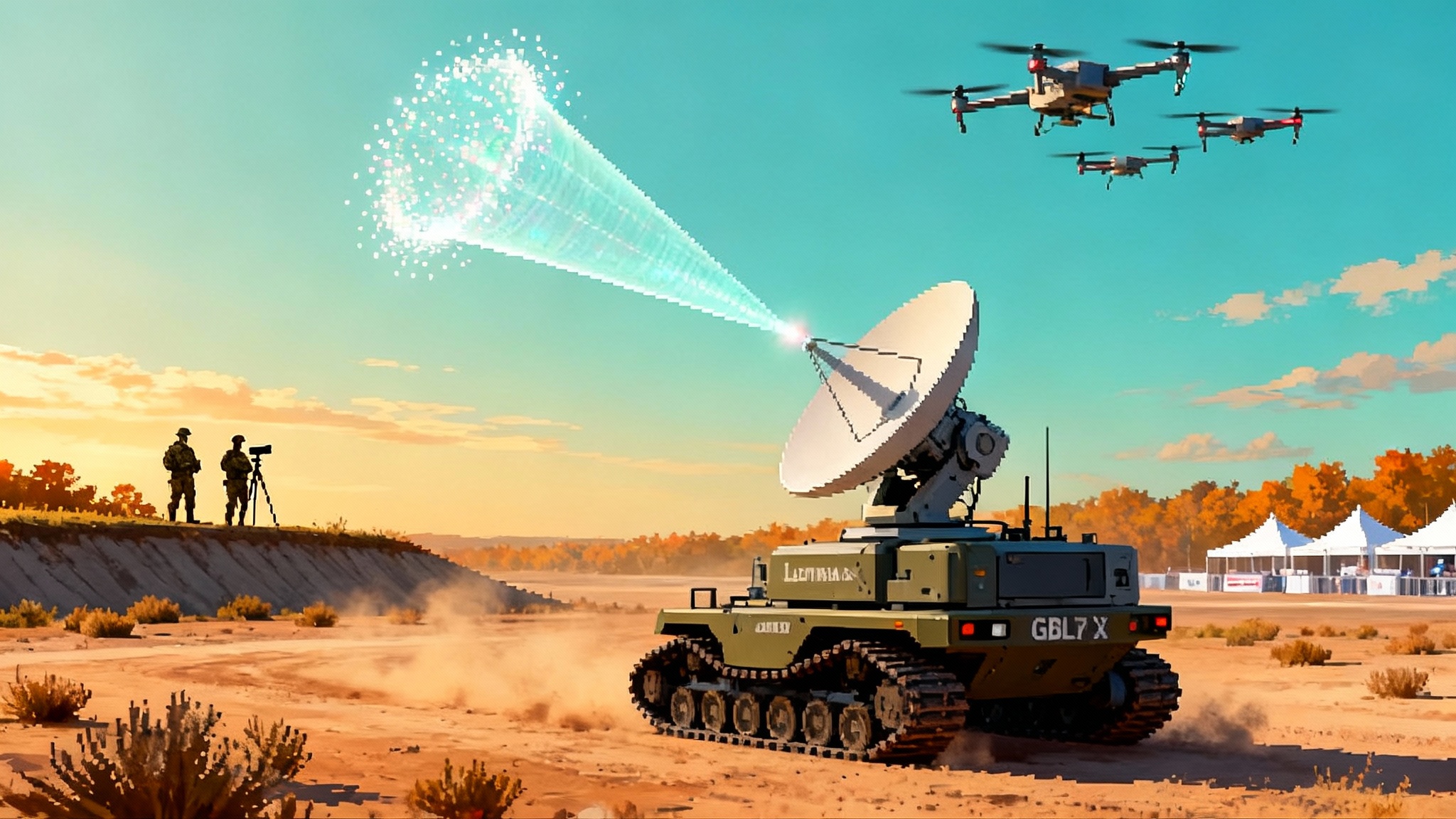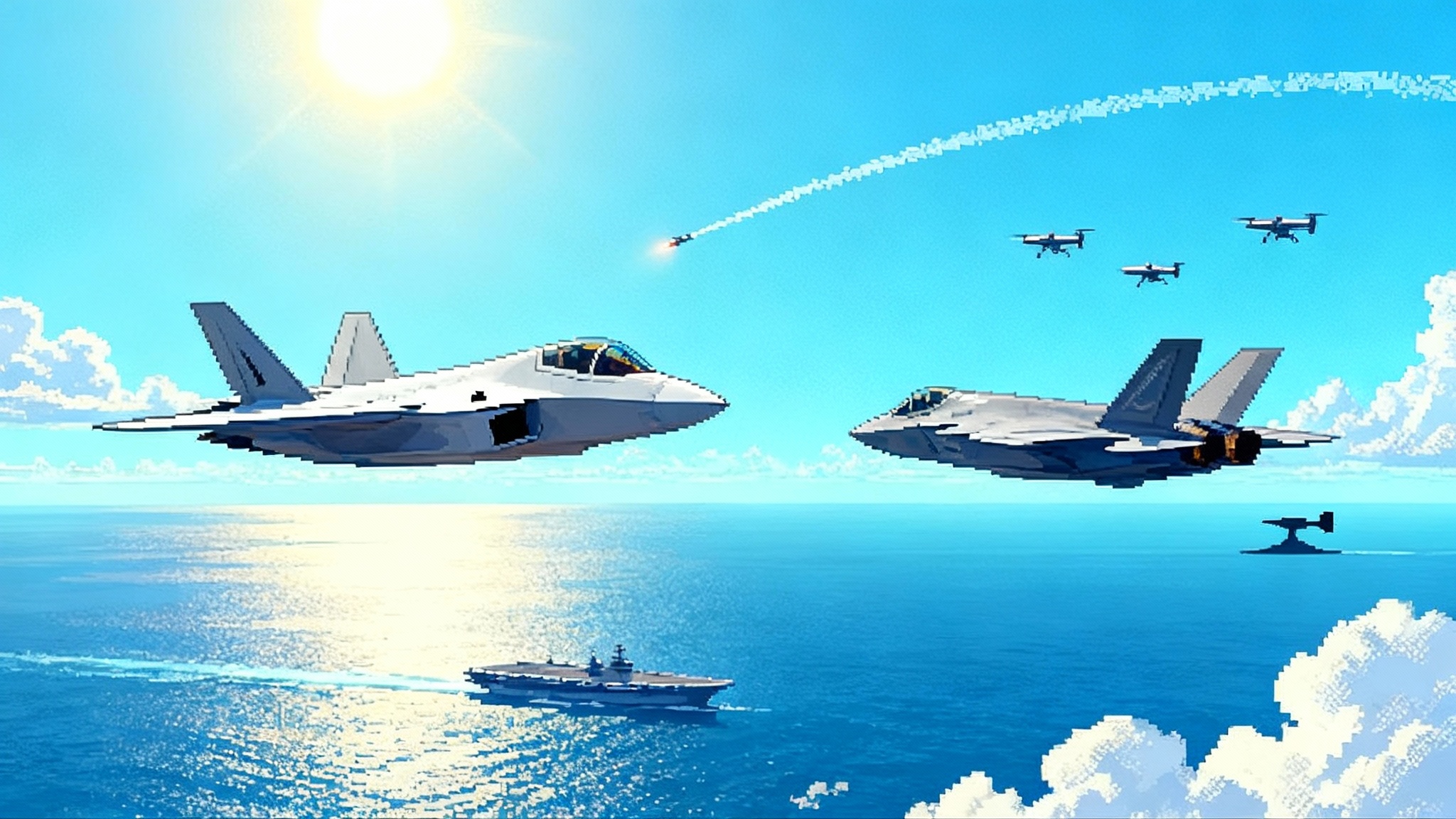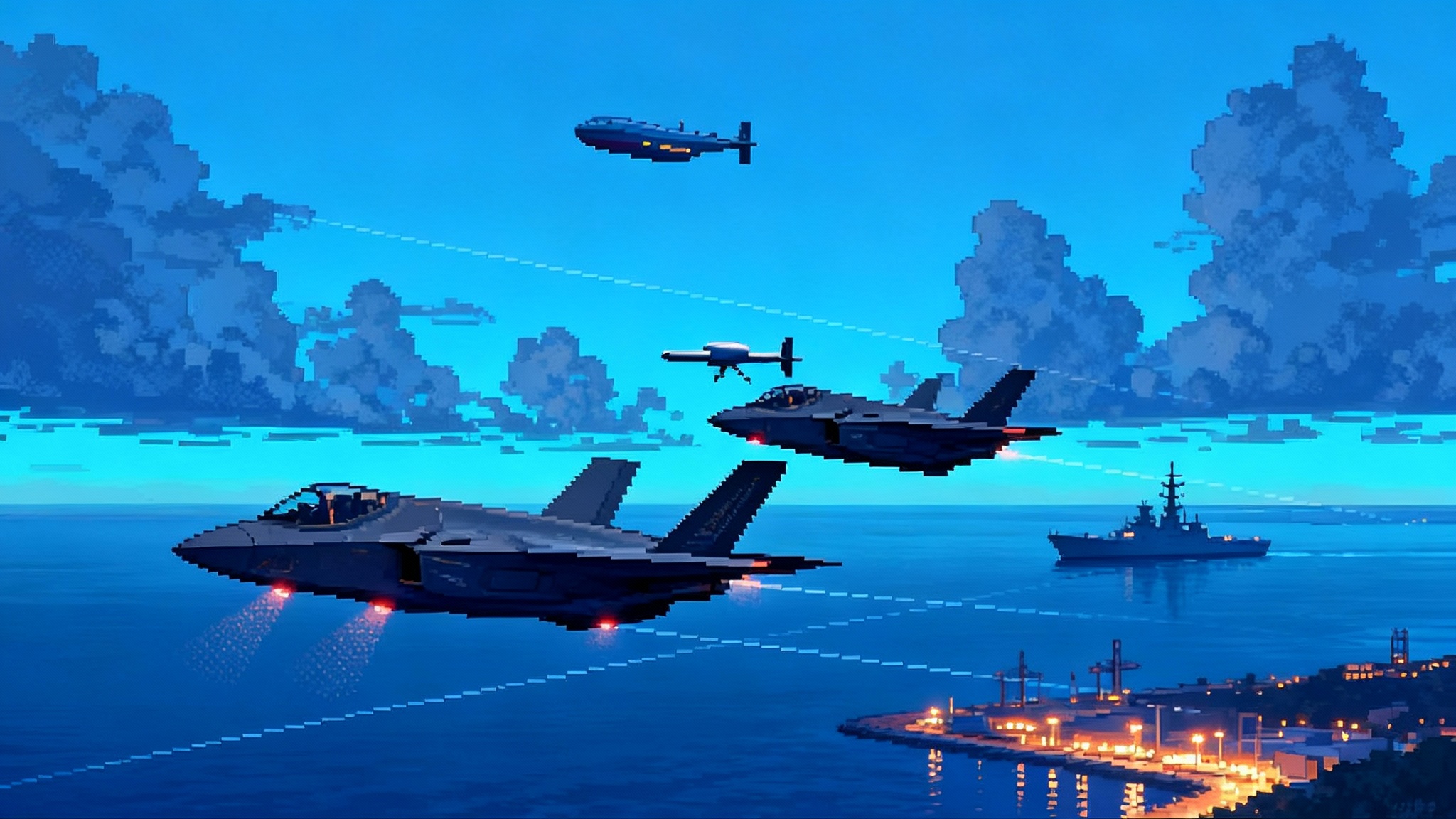 Military
Military
Articles under the Military category.
Standoff Strike 2.0: JASSM‑XR and the $150k Missile Wave
JASSM-XR is nearing flight test while sub-$200k cruise missiles move from concept to production. The U.S. is shifting to range plus mass: diamond-cut precision for hard targets, backed by affordable swarms for volume.
From Lasers to Microwaves: Leonidas Fells 49-Drone Swarm
Epirus’ Leonidas high‑power microwave system neutralized 49 drones in one pulse and 61 of 61 targets overall on August 26, 2025. At AUSA 2025, a robotic variant arrived, signaling a shift from demonstrations to doctrine.
Defiant’s Blue‑Water Debut and the Rise of Uncrewed Fleets
DARPA’s USX-1 Defiant just ran crewless blue-water trials, signaling a shift from one-off demos to scalable, modular uncrewed fleets. Here is what NOMARS unlocks, how costs change, and what to watch as the Navy moves to field.
LEO Kill Web Goes Live: SDA’s Constellation Rewires Defense
On September 10, 2025, the Space Development Agency began fielding its first operational constellation in low Earth orbit. Near-monthly launches now build a laser-linked backbone that compresses decision timelines and reshapes joint and allied missile defense.
Typhon’s Leap: Land Tomahawk and SM-6 Remap the Indo-Pacific
Fall 2025 turned U.S. Army Typhon from a visitor into a resident. With training sustained in the Philippines and a public reveal in Japan, mobile land-based strike entered the region’s daily rhythm and began to reshape deterrence.
CCA Takes Flight: Uncrewed Fighters Reset the Cost Curve
In one season, the US Air Force turned Collaborative Combat Aircraft from slides into sorties. First flights, new units, and a plan to bend airpower’s cost curve.
JATM Arrives: AIM-260 and the New Playbook for Air Combat
The AIM-260 Joint Advanced Tactical Missile is moving from secrecy to squadrons. Here is what 2025 tests and FY26 procurement really signal, and how F-22, F-35 and Collaborative Combat Aircraft will fight differently through 2030 without breaking the budget.
F-35 TR-3 Is Here: What the Block 4 Era Really Unlocks
After a choppy 2024 restart, F-35 TR-3 deliveries are flowing again with initial training software. The full-capability drop is next, setting up a 2025 to 2028 upgrade wave that turns the fleet into a faster sensor, electronic warfare, and weapons node.
Automation Hits the Arsenal: Inside the 2025 Factory Surge
New U.S. ammo plants and automated missile lines announced in 2025 mark a pivot from bespoke manufacturing to software defined factories. Here is how they can compress lead times by 2026 and what still blocks true surge.
Ghost Shark Goes Fleet: Australia Bets on XL-AUVs Now
On September 10, 2025, Australia moved from prototypes to production with a multi-year Ghost Shark XL-AUV fleet. Here is how mass, long-range autonomy could reset deterrence and sea denial across the Indo-Pacific by 2026.
Lasers Go Operational: From Demo to Doctrine in Air Defense
Late 2025 is the tipping point. A national laser battery enters service while U.S. ships keep shooting at sea. Dollar-per-shot economics and bottomless magazines are set to reshape base and fleet air defense.
Golden Dome’s Plan: A 2026 to 2029 Hypersonic Defense Sprint
2025 turned the hypersonic gap from theory into deadlines. With SDA’s first operational launches, a milestone LRDR test in Alaska, and billion dollar NSSL awards, the question is simple: how will Golden Dome work and how fast can we field a credible kill chain?
Pentagon’s Coyote Megadeal Makes Counter-Drone the Default
A multiyear Coyote buy signals the Pentagon’s shift from ad hoc counter-drone kits to a software-driven enterprise baseline. Here is how the stack works, what changes on the ground, and the signals to watch through 2027.
Project Pele Goes Real: Mobile Reactors Enter Build
BWXT has started core manufacturing for the Defense Department’s Project Pele microreactor, moving the program from design reviews to real hardware. Here is what that shift means for microgrids, logistics, and edge compute over the next two years.
Firefly’s SciTec Deal Makes Responsive Space Full Stack
Firefly’s October 2025 deal to acquire SciTec shifts the conversation from fast rockets to full stack space power. Pairing rapid launch with on-orbit sensors and mission-grade ground software could cut cueing from minutes to seconds and make pop-up constellations operational, not experimental.
Quantum PNT Breaks Out as DIU and DARPA Make GPS-Proof Nav Real
This summer and fall, DIU awards and DARPA’s new RoQS program pushed quantum inertial sensors and magnetic navigation out of the lab and onto flight lines. Here is what is real now, the hard parts left, and what to watch next.
Japan’s Tomahawk Era Begins as Destroyers Join U.S. Kill Web
Tokyo is fitting Tomahawk Block IV and V on Kongo and Atago Aegis destroyers, launching a 2025 to 2027 rollout that ties Japanese shooters to U.S. sensors and command networks and reshapes Indo-Pacific strike math.
USAF’s uncrewed fighters just flew, and the race begins
On August 27, 2025, the U.S. Air Force's YFQ-42A made its first flight, shifting Collaborative Combat Aircraft from concept to reality. That sortie starts a fiscal 2026 downselect and a 24 to 36 month sprint to field modular, attritable wingmen at scale.
















